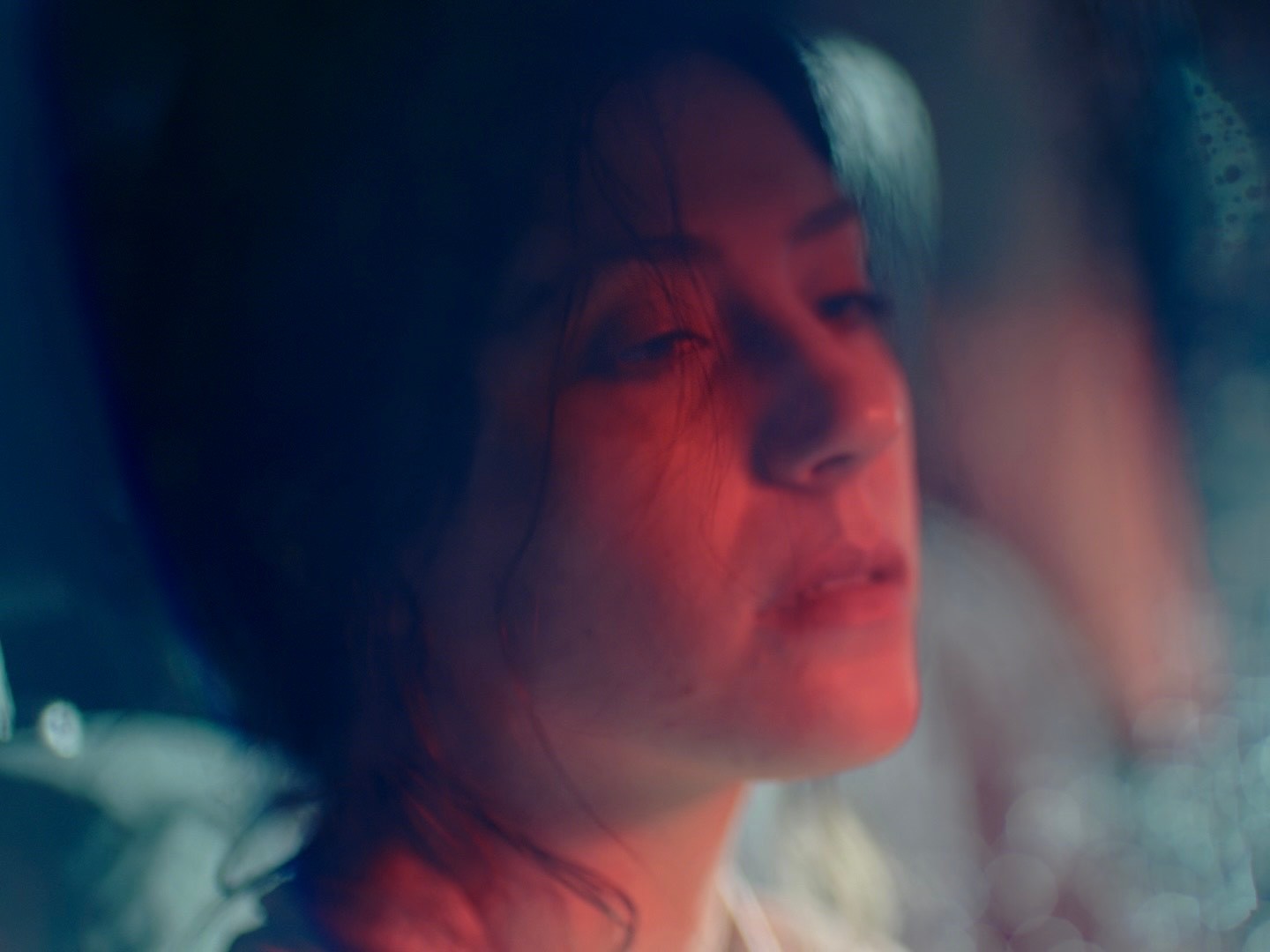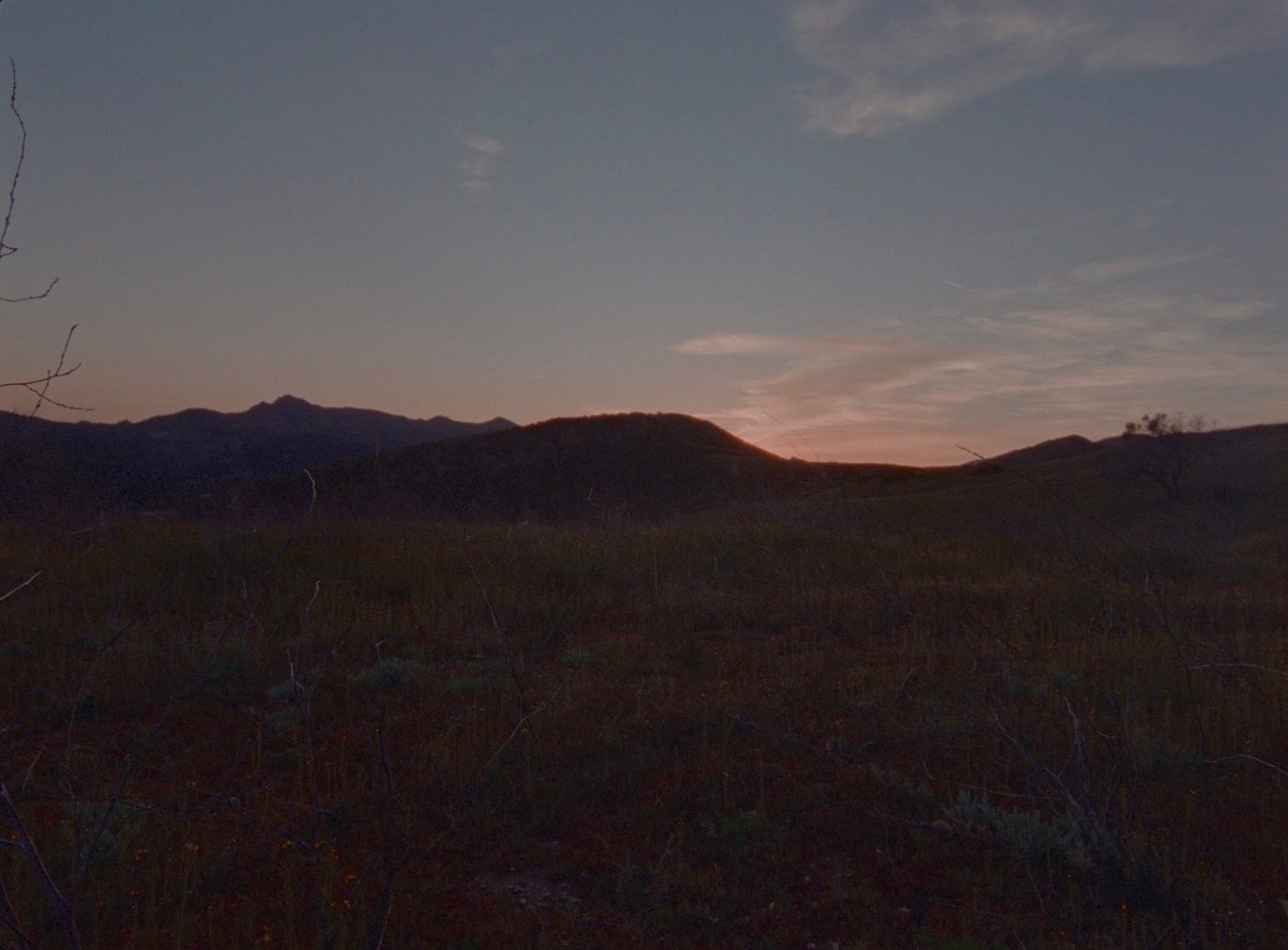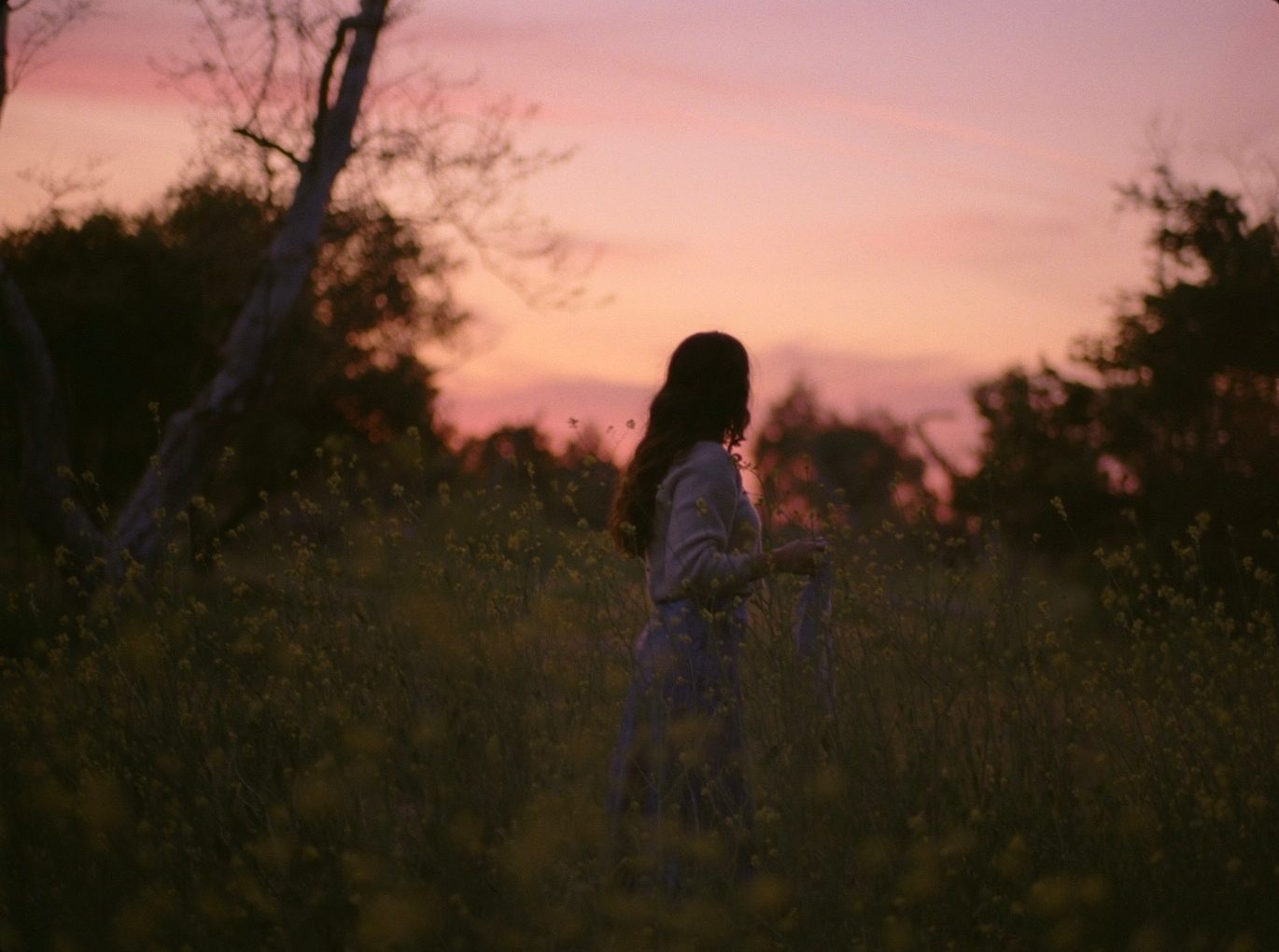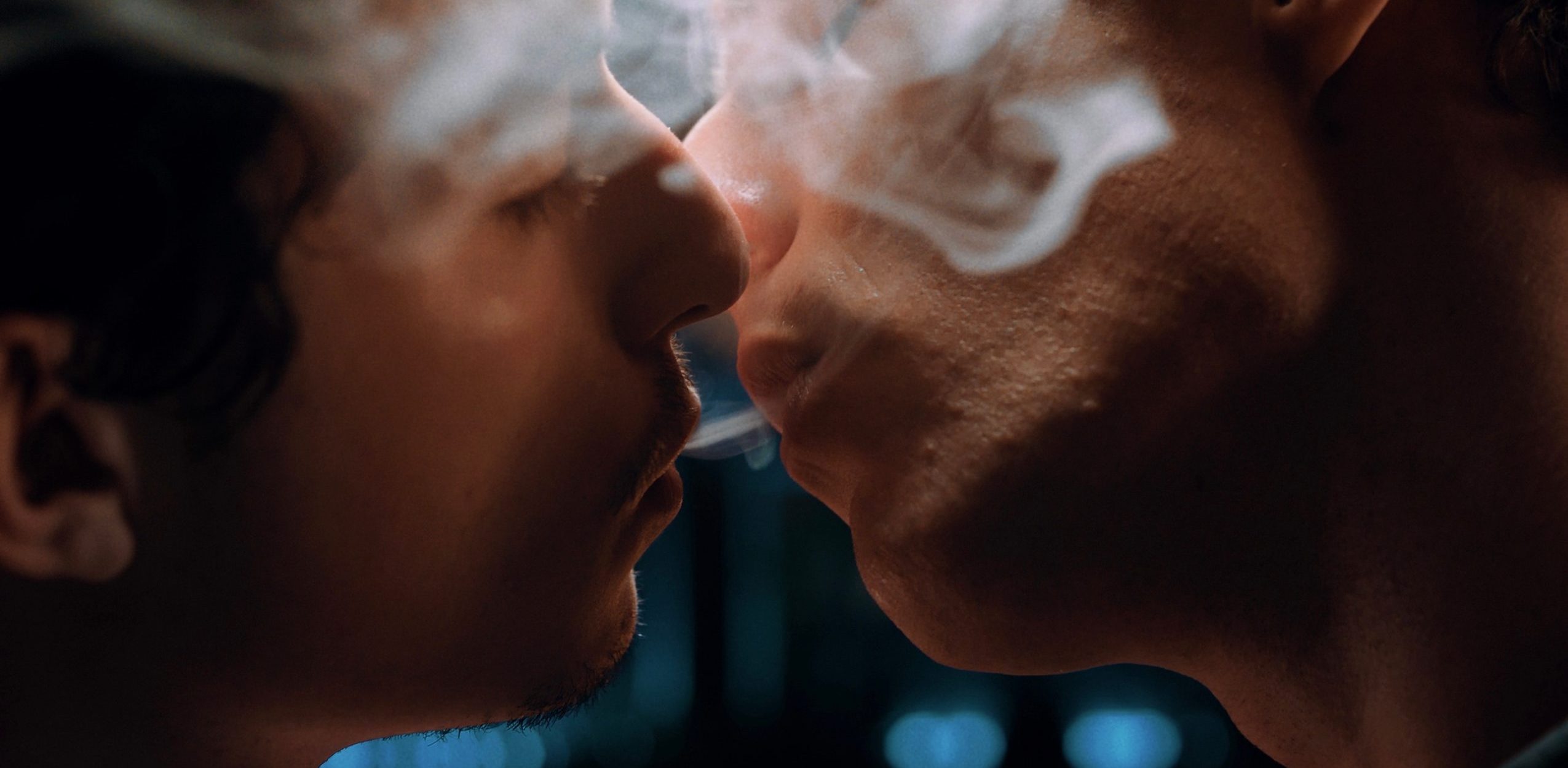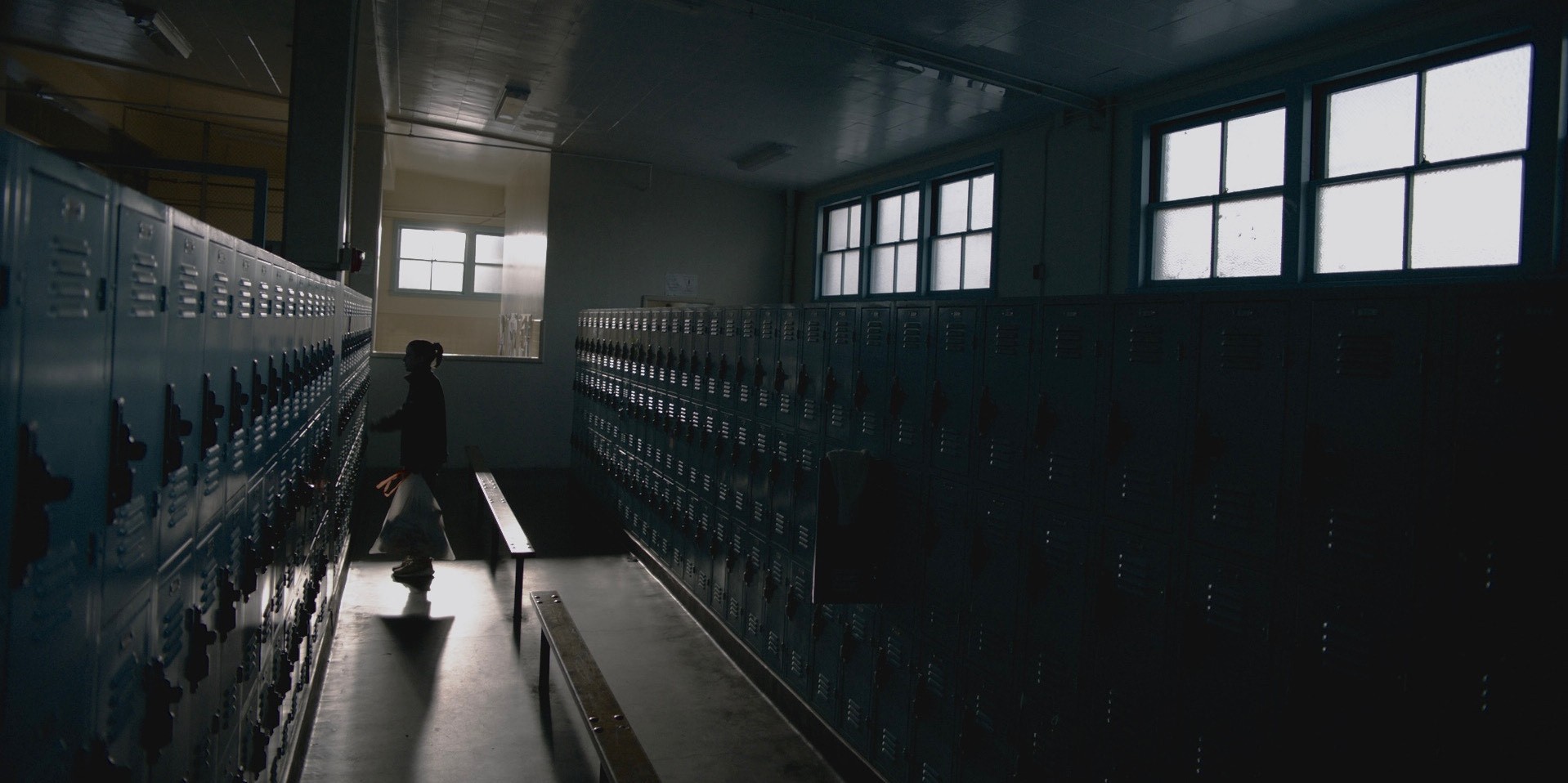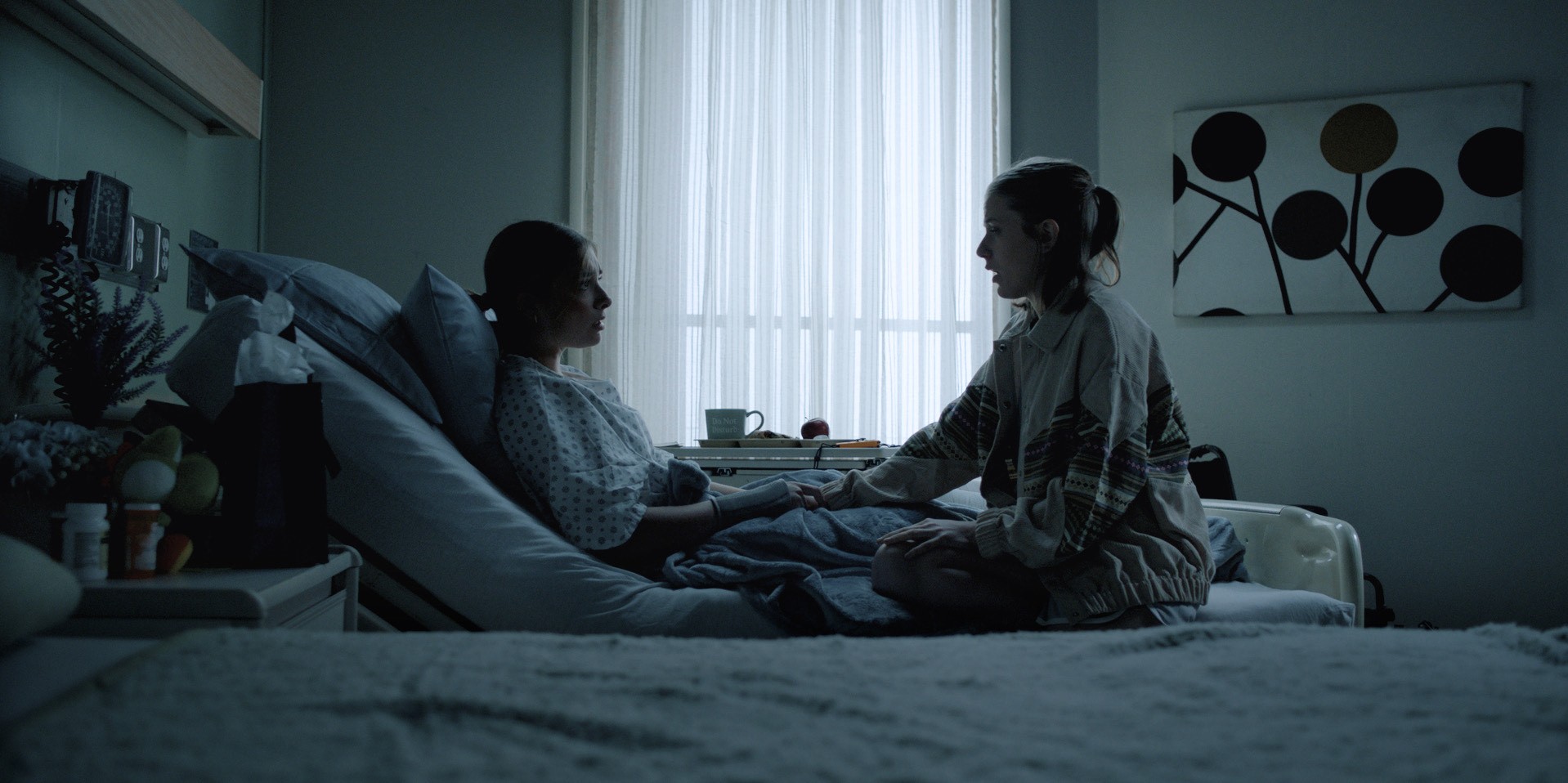

Today we’d like to introduce you to Zheng Yu.
Hi Zheng, can you start by introducing yourself? We’d love to learn more about how you got to where you are today?
I went to Loyola Marymount University for Film & Television Production in 2018. A lot of cinematographers or directors start their journey of filmmaking by getting their first camcorder or DSLR from their parents. However, I had barely any knowledge of how a camera works. During my freshmen year, I mostly worked as a PA or script supervisor as those lighting and camera equipment were areas unknown to me.
The story changed when one of my friends was desperately looking for a DP for his project which was due next week. I remember we were using the Canon XF-100, and it took us an entire night to figure out how to format media cards and change project format. Apparently, I made a lot of mistakes, and it ended up looking terrible. However, I enjoyed the moment of looking through the viewfinder and seeing a whole new world being reflected into that 1/3″ sensor, even though on that day everything was underexposed. The rays of light portrayed an isolated zone for me to look into what was happening at that moment.
Then, I started to dig into the world of cinematography. I went on set as a camera assistant and G&E more often just to get experience and learn from other DPs. I made a lot of terrible mistakes at the beginning of my cinematography journey. I bumped up the ISO to 6400 just because there was no light and the footage looks like nonpareils or Oreo with sprinkles. I put black plastic bags on Tungsten units to cut off the spill on the wall, which made my room smell like a chemical factory. I downloaded some Luts that I thought were really cool and imported them into Alexa Mini, but they were, for some reason, embedded into the footage.
After tons of terrible mistakes, I decided to learn cinematography systematically because I needed a solid foundation of knowledge to support my creative choices in images. John Alton and Conrad L. Hall became the masters I was looking into. I also learned a lot from my mentors and friends Griffin Voth and TinNgai Chan.
I am always glad that I can work with my talented friends, and they become my inspiration for visual styles. By the time I graduated from LMU, my work had been selected by multiple film festivals, including LA Shorts and ASC Student Heritage Award. Being a freelance cinematographer in L.A., getting an award or recognition is never going to be the peak of one’s career, but a beginning to become better. For me, cinematography is a road that never ends, and I will keep learning–from life experience, from different people, and from developing technology.
Would you say it’s been a smooth road, and if not what are some of the biggest challenges you’ve faced along the way?
Obstacles and challenges always happen in production, no matter if it has something to do with the technical problem or the logistics of the production. The process of filmmaking is all about problem-solving. I don’t like putting my hands up or simply compromising to the challenges. I always use the knowledge and resources I have to solve or come up with a creative solution. I believe it is the essence of filmmaking and cinematography.
I always communicate with my directors if something doesn’t work out on set, mostly blocking. To me, the key part of getting a narratively convincing and visually emotional shot is not only about lighting but where we put the characters and cameras. I always try to avoid shooting against the white wall so that I can get more depth of field. And the best way to do it is to work with the directors during the blockings and figure out the precise movement of the characters.
Usually, I won’t step into the production department regarding the budget. However, I always demand the producers to keep logistics during the pre-production. If there is any decision that would affect the visual and narrative integrity, I would directly talk with the producers and directors. Nothing will be as ideal as what you expected. Three company moves might fit in the schedule, but if something happens then we cannot finish the scenes. Getting 80 shots done in 12 hours might sound reasonable based on the paper, but on the actual production day, everything will be rushed, and a lot of shots will not look great or even not make sense, so why don’t we just figure out a better way to do it so we don’t waste money on something that is not good. If the gaffer is demanding a generator, it doesn’t mean that we only want to use it for our own convenience, but it is a necessity for the whole production because we are going to shoot in an old house, and blowing out the circuits will slow us down and cost more money on the production. This is how I usually deal with the pre-production and I think it is important to keep the conversation with the producers so that on the actual production day, we don’t need to worry about the problems that could have already been fixed.
Appreciate you sharing that. What else should we know about what you do?
I am now working as a freelancing cinematographer in Los Angeles. I have done a lot of shorts, music videos, and commercials. I like shooting narrative films because sitting with the directors connects me with the story and characters, and I like to shoot things that I can relate to and be a part of. I always push myself for different visual styles in order to bring a specific look to each individual film I shoot. But I like things to be natural and real like the way they are, and the best way to do that is to keep the lighting motivated and as simple as possible. Compared to the music videos, the narratives I shot usually don’t have crazy camera movement because I believe the camera also needs to be motivated by the story and characters. Authenticity is what I am aiming for. I believe it is how the audiences can be truly connected and feel the emotions.
Where do you see things going in the next 5-10 years?
I think indie filmmaking will experience huge growth as the major studios are mostly relying on their old IP for the sake of profit. The audience needs a new story that hasn’t been told before.
Contact Info:
- Instagram: https://www.instagram.com/jasonyuuuuuuuuuu/
- Other: 3106223296

